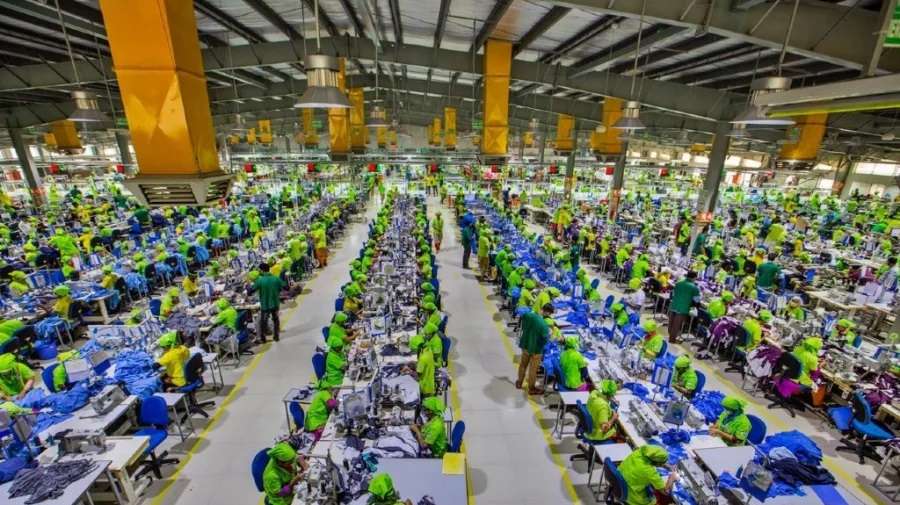The upcoming ITMA ASIA + CITME exhibition in China is seeing a huge response. Reports suggest that leading textile machinery makers have already snapped up space at the exhibition which will be held from October 21 to 25 in Shanghai, China. Over 90 per cent of the 180,000 sq. mt. of exhibition space had been sold. The 2016 combined exhibition is expected to feature over 1,500 domestic and international textile machinery manufacturers from over 26 economies who will showcase advanced solutions and energy efficient machinery and processes.
Chinese exhibitors make up the biggest country group, booking over 65 per cent of the total exhibition space. The other top participating economies are Germany, Italy, Japan, Switzerland and Taiwan. According to Charles Beauduin, President of CEMATEX the high level of interest from exhibitors has reaffirmed ITMA ASIA + CITME as the leading marketing platform for textile machinery manufacturers seeking to tap the China market. “We are pleased to provide them with a recognised platform for their strategic promotion and will ensure that the combined show continues to be a relevant and effective platform for sellers and buyers to transact business and to take advantage of the vast potential that China offers.”
Exhibits at the combined exhibition are organised into sectors based on manufacturing processes, and spinning machinery. This is followed by finishing, knitting and weaving. In addition, the nonwovens sector has seen a 20 per cent increase from the last combined show in 2014.
China continues to expand the infrastructure construction sector, accelerate urbanisation and increase awareness of the environmental protection under the government’s 13th Five-Year Plan period (2016-2020). It is expected that demand for technical textiles and nonwovens products will rise in the coming years.
As per Gu Ping, Vice President of China Textile Machinery Association (CTMA), As China’s textile industry continues its transformation, demand for advanced machinery and technology is on the rise. Textile manufacturers need to keep ahead of the industry and readjust their strategy to enhance overall production efficiency. “They should adopt a longer-term outlook to focus on the quality of their products which will ultimately contribute to their company’s bottom line. This will lead to a demand for new machinery and technology to modernise and upgrade their existing textile equipment,” says Peng












